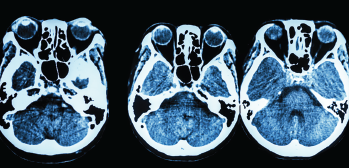Though the evidence is encouraging, clear causal linkage between hearing loss and cognition has not been established.


Though the evidence is encouraging, clear causal linkage between hearing loss and cognition has not been established.

The endoscopic endonasal transsphenoidal approach is an effective technique commonly utilized for resection of sellar and parasellar lesions.


The newest edition of staging guidelines uses depth of invasion to make a real difference in patient care.

The objective of this study is to describe step by step an innovative technique to repair large septal perforations with a pure endoscopic extended AEA flap.
Nasal and nasopharyngeal lavages appear to be well tolerated and highly reliable in detecting SARS-CoV-2.
The devised novel, suture-less patch is a mucoadhesive platform suitable to laryngeal and tracheal anatomy with drug delivery capability.

Frailty as measured by the 5-factor mF1-5 is shown to be significantly associated with life-threatening postoperative morbidity, mortality, and length of stay following skull base surgeries.
A look at the impact of novel oral anticoagulants (NOAC) on the risk of epistaxis and its severity.
Operative middle and upper maxillofacial trauma decreased over a 17-year period, with assault identified as the most significant mechanism of trauma overall.